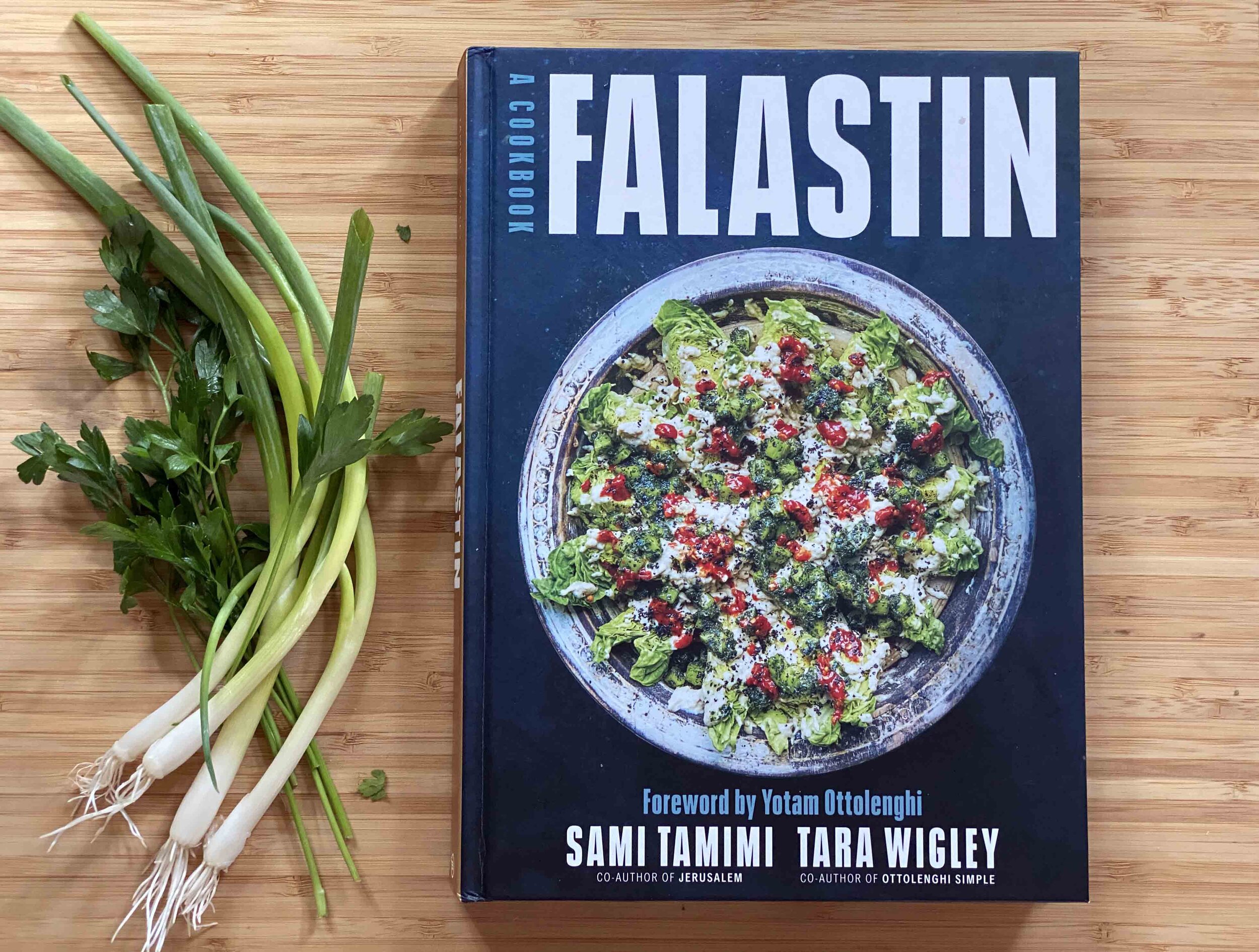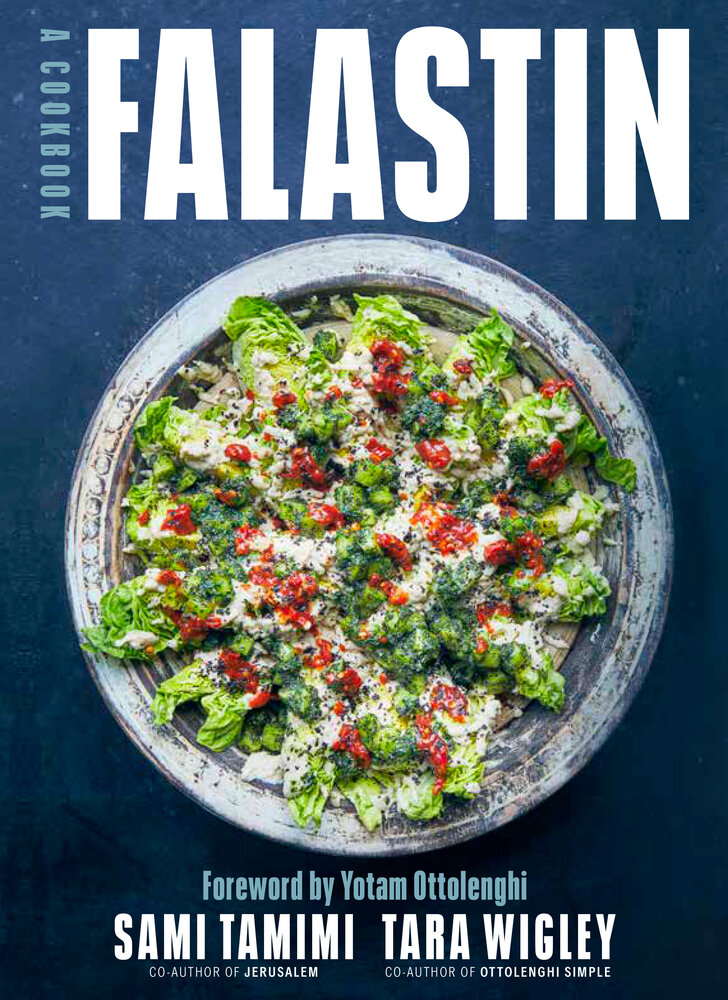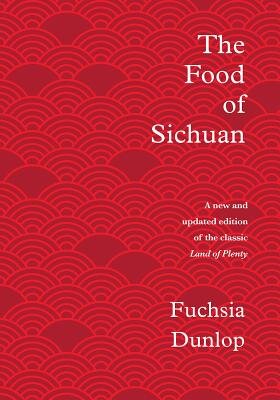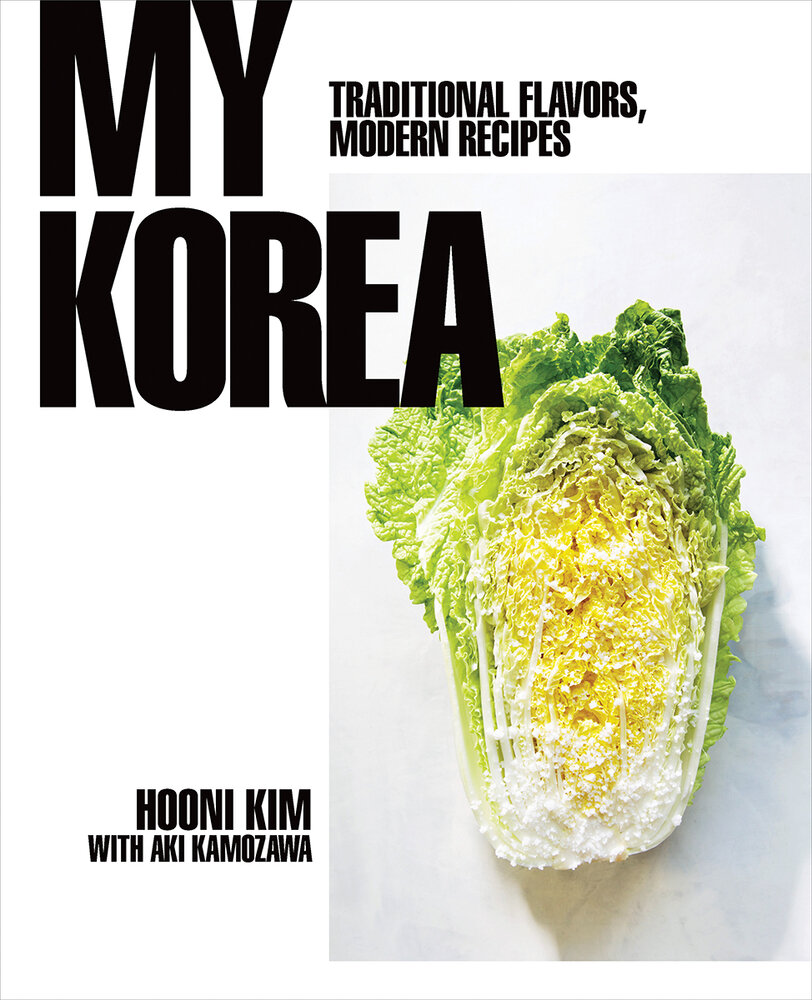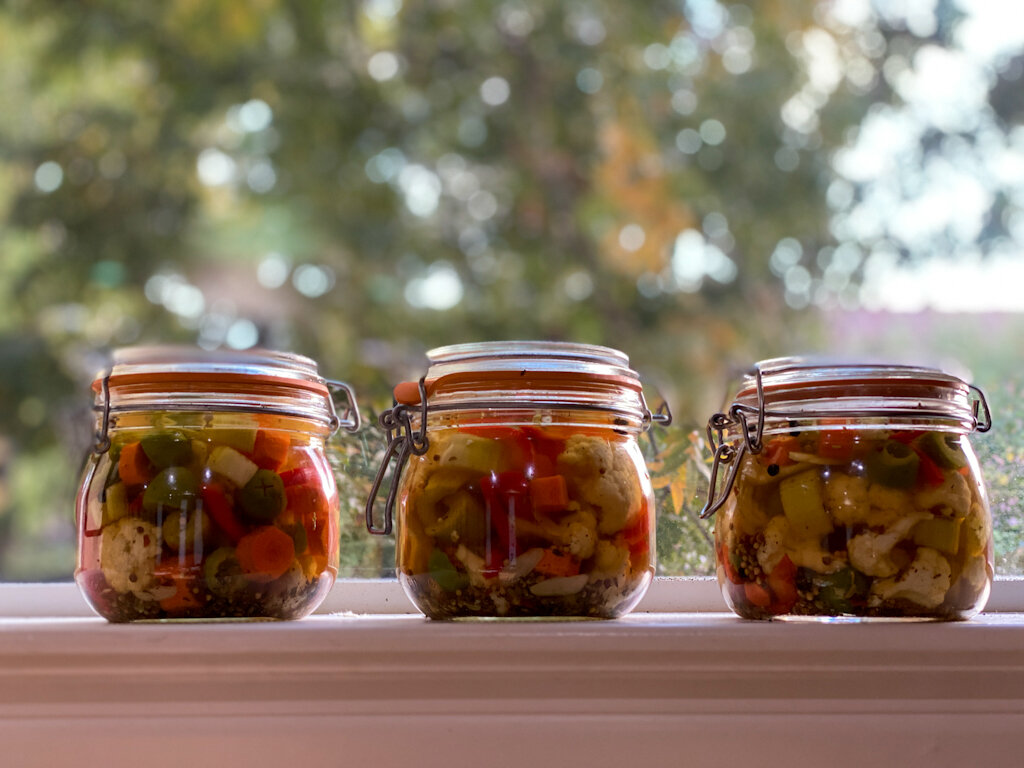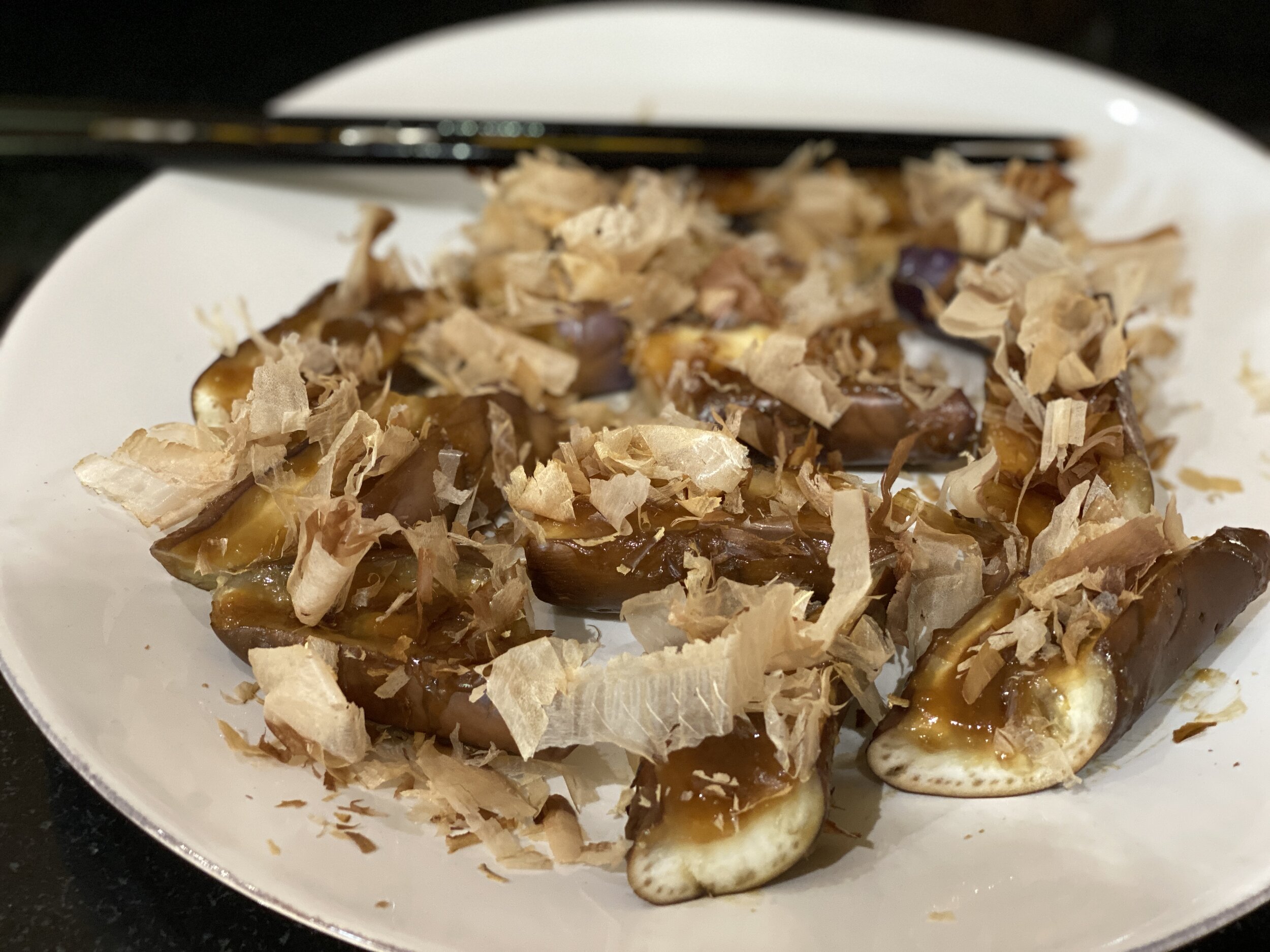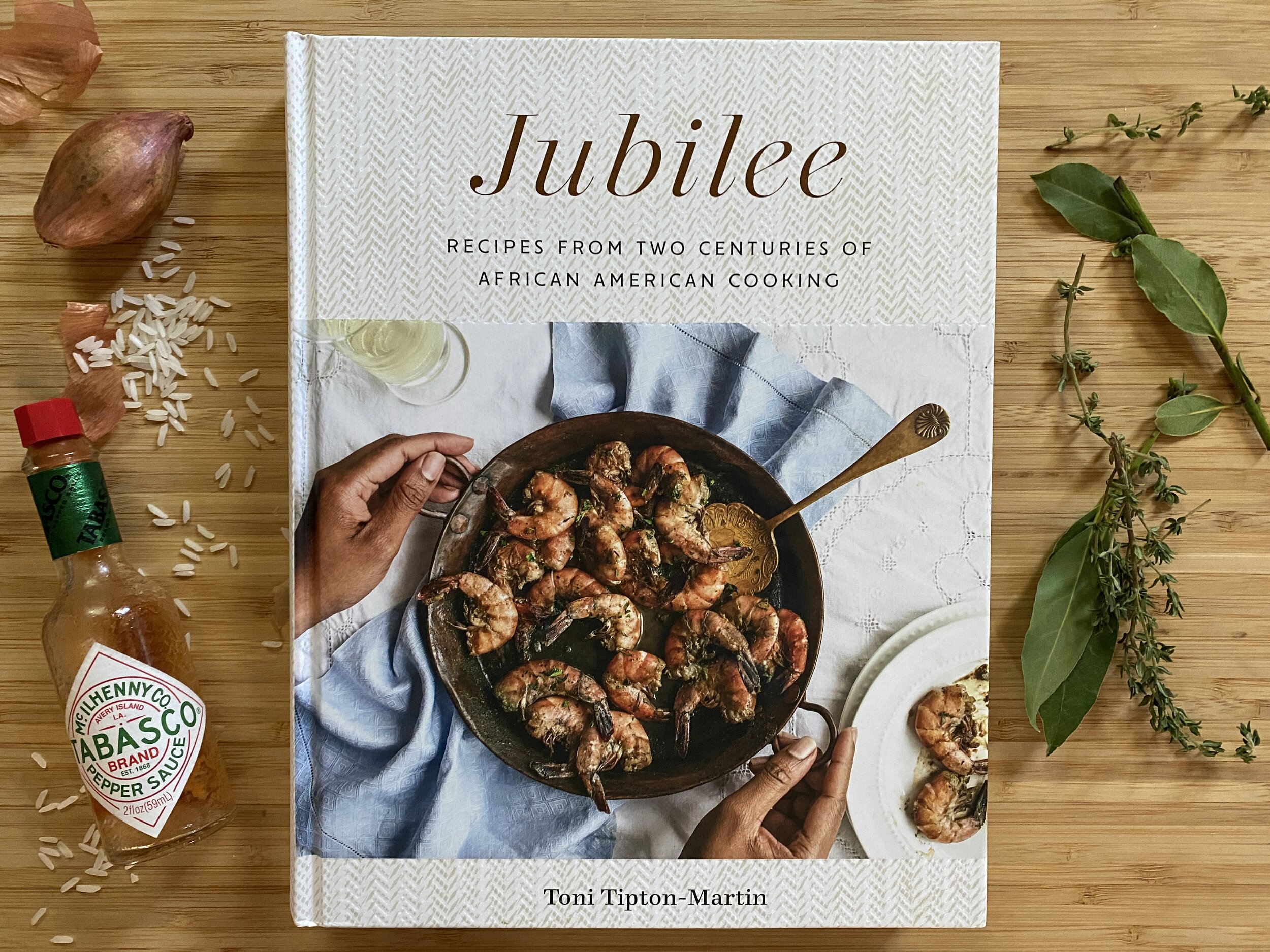Chloé Landrieu-Murphy’s vegan gumbo z’herbes / Photograph by Chloé Landrieu-Murphy
By Chloé Landrieu-Murphy
Unless you’re from Southern Louisiana, there’s a good chance you’ve never heard of gumbo z’herbes — an essential dish across the region, particularly for those who abstain from meat on Fridays during Lent.
Often referred to as “the queen of all gumbos,” its name is a Creole dialect contraction for gumbo aux herbes, meaning “gumbo of greens.” (It’s also known as “green gumbo.”) Earthy, delicious and comforting, it is built like other gumbos, but it also includes an entire garden’s worth of leafy greens.
Though traditional Lenten preparations of the dish don’t include meat, part of the appeal of gumbo z’herbes is the flexibility with which it is prepared, using any combination of greens, and optional meats. Meat versions may include ham hock, chaurice (a spicy Creole pork sausage), smoked andouille sausage, chicken, brisket and/or veal.
While the combinations of greens and meats that can be used are endless, tradition says that the number of greens included in your gumbo represents the number of friends you’ll make in that year, and that an odd number of greens should be used for good luck. Theories surrounding the symbolism of the greens vary, with some suggesting that nine varieties should be used as a representation of the nine churches visited by Catholics in New Orleans on Good Friday in remembrance of Jesus and his walk to crucifixion.
A bowl of New Orleans’ most famous and sought-after version — the one served at legendary Dooky Chase’s Restaurant — earns the person eating it nine new friends, the late great chef Leah Chase told Southern Living magazine in 2016. “And I always hope that one of them’s rich,” she added. Chase died in 2019 at the age of 96.
Since 1941, the establishment — founded by Emily and Dooky Chase, Sr. (chef Leah Chase’s mother-in-law and father-in-law), and now run by Leah’s grandson chef Edgar “Dooky” Chase IV and her daughter Stella Chase Reese — has served the city as a gathering place not only for Creole classics like gumbo, fried chicken and red beans and rice, but also as a vital space for everything from the arts to community organizing. Dooky Chase’s was a place where civil rights leaders, both black and white, came together for strategy sessions with luminaries including Dr. Martin Luther King, Jr. in the upstairs dining room.
Dooky Chase’s Gumbo des Herbes, prepared from a recipe in ‘The Dooky Chase Cookbook’ / Photograph by Leslie Brenner
Only once a year, on Holy Thursday (the Thursday before Easter, which falls on April 1 this year), does Dooky Chase’s serve its famous gumbo z’herbes. Featuring roughly equal parts meat (smoked andouille sausage, hot sausage, ham hock, chicken, brisket and veal brisket stew) and greens (collards, mustard greens, turnip greens, beet tops, cabbage, lettuce, watercress, spinach and carrot tops), it reflects the culinary traditions of the city’s Creoles of color.
To achieve gumbo z’herbes greatness, chef Edgar boils the greens, then purées them. He then steams the meats, covers them with a quick roux, combines that with the puréed greens and their potlikker and simmers it all together before stirring in filé powder and serving it over rice. He generously shared the recipe with us; you can also find it Leah Chase’s The Dooky Chase Cookbook.
Still, if you make it at home, there will be something missing.
“You can put pretty much anything in it, if it’s green,” says Poppy Tooker, a New Orleans culinary ambassador and close friend of the late chef. “But Leah had a secret ingredient, something you couldn’t buy in the store. Here in New Orleans, there’s a weed that grows wild in the levees and the medians called peppergrass. That was one of Leah’s secret ingredients, and there were some gentlemen who would walk the levees to gather the peppergrass for Leah to put in her gumbo every year.”
While gumbo z’herbes is most certainly a gumbo, thanks to all those greens, it differs greatly in look and taste from more familiar gumbos. In her book Gumbo Tales: Finding My Place at The New Orleans Table, Sara Roahen notes its uniqueness:
“The only ways in which gumbo z’herbes resemble more common meat and seafood gumbos are that it’s eaten with a spoon, often crammed with sausage, and thickened with a roux — and the latter only sometimes. In preparation, gumbo z’herbes is a multiplicity of smothered greens united in a communal pot likker. Its flavor and its origins are more mysterious: no two bites, or theories are the same.”
So what makes gumbo z’herbes a gumbo? “You’ve still got a stock, you’ve still got a roux, you still have filé and you’re still adding all your meats and all that, so all that is the same base as a gumbo,” says chef Edgar.
As with so many dishes in Louisiana’s culinary canon, the dish is reflective of a deep and complicated history with both West African and European influences. “All of this can be traced to the West African way with greens and to West Indian callaloo,” Toni Tipton-Martin explains in her 2019 cookbook Jubilee: Recipes From Two Centuries of African American Cooking, which also includes a wonderful version.
Toni Tipton-Martin’s gumbo z’herbes, from ‘Jubilee’ / Photograph by Leslie Brenner
In The Welcome Table: African American Heritage Cooking, culinary historian Jessica B. Harris speculates that the dish could be a cousin of the West African stew Sauce Feuille. There could be some German influence as well; in his Encyclopedia of Cajun and Creole Cooking, author John Folse postulates that the dish came to Louisiana in the 1700’s with German Catholic settlers who traditionally ate a German seven-herb soup on Holy Thursday.
Today, while the Creoles of color in New Orleans generally reserve their meat-filled gumbo z’herbes for Holy Thursday festivities, few New Orleans restaurants besides Dooky Chase’s serve it, so it’s typically made at home.
That said, you only have to look at two Holy Thursdays for a sense of how important the Dooky Chase’s gumbo z’herbes tradition is in the Crescent City: April 13, 2006 and April 9, 2020.
Following the tragic aftermath of Hurricane Katrina and the flooding and closure of Dooky Chase’s, the tradition was put at risk. Restaurateur Rick Gratia opened the doors of his own establishment, Muriel’s, to chef Leah and her team, according to Tooker, who was by her friend’s side throughout. “He turned his beautiful restaurant on Jackson Square over to Leah so that the city of New Orleans wouldn’t be deprived of their Holy Thursday tradition.”
In many ways, Holy Thursday of 2020 was even harder, Tooker explained to me. “It was the first year without Leah,” she says. On top of that, a week before Holy Thursday, Stella Chase Reese’s husband of 50 years died suddenly of Covid-19. “But the Chase family still did Holy Thursday, and they did it as a drive-by pickup. There were police, there was traffic for a mile, and there were people lined up. It was a really big deal.”
While gumbo z’herbes is a direct reflection of the Catholic identity and traditions that are so deeply ingrained within Louisiana culture, it’s also a delicious, body- and soul-nourishing dish that can and should be enjoyed by all — which was my thought in developing my own recipe for a Vegan Gumbo Z’herbes.
“When you maintain traditions like gumbo z’herbes, it gives people a sense of hope, a sense of community and a sense of normalcy,” says chef Edgar.
So if you can’t make it to Dooky Chase’s this year for Holy Thursday, why not bring the tradition into your own home?
🌿
Chloe Landrieu-Murphy is a recent graduate of New York University’s Masters in Food Studies program and a lover of all things food and culture related. This is her first story for Cooks Without Borders.
RECIPE: Dooky Chase’s Gumbo des Herbes













